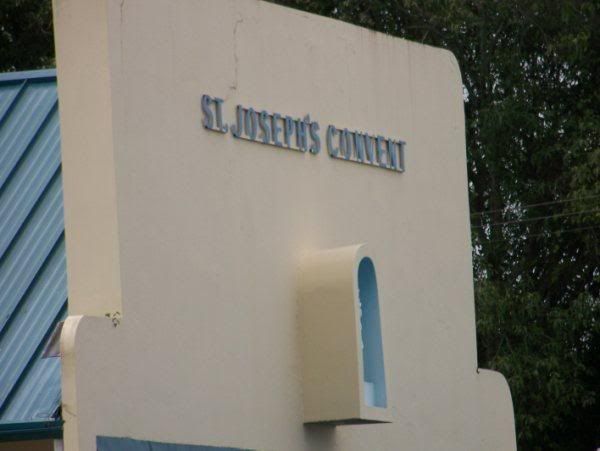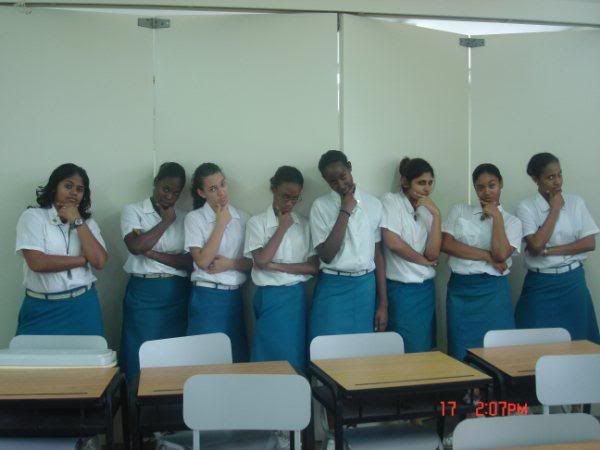It was evident in the Canterbury Tales that Chaucer was not writing to a particular section of society. He targeted neither the people of the higher estates of the day, nor the people who would be deemed lower class. Instead, it could be inferred that Chaucer’s underlying intention was to write for the general population, which included people from all walks of life. Evidence for this claim can be drawn from several things in the General Prologue of the Tales, as well as the Tales themselves. For instance, his decision to write the Tales in Middle English instead of the more popular, and supposedly more “superior” languages of the day like Latin and French, showed that he was writing for people who could understand such, that is, more or less the working class of society at the time. His choice not to order each pilgrim’s tale in order of his/her estate, as well as the random selection by drawing lots to determine the order in which the tales would be told, as opposed to sorting in the order of the pilgrim’s estate also showed that he did not pay much regard to the socio-economic status/socio-political status of society of the day. And lastly, but I think most importantly, his decision to set the General prologue of the Tales in a tavern, a place where, at the time, one could find a multitude of people from different classes, in Southwark, England showed that he was writing to a broad cross-section of society. It was somewhat of a geographic space representative of the literary space in which Chaucer was writing. As a result of all this, I thought that the most appropriate place where I could reset the Canterbury Tales, was my high school, St. Joseph’s Convent (see Figure 1 below), and to be more specific, my senior year of high school back in my home country.

Fig.1. A snapshot of my high school, St. Joseph’s Convent.
I chose my high school primarily because it integrated the general population, i.e. incorporated people from all walks of life, just as Chaucer did in the Tales. In this case, instead of people from all professions and estates like nobility and clergy, my high school represented people of different backgrounds, cultures, even nationalities. The student population of my senior year was analogous to the diverse pilgrims that Chaucer himself describes, that venture on the journey in the General Prologue of the Tales. Trinidad itself is very much a cosmopolitan country and so my senior year was merely a sample of this. Figure 2 below is just one example of this. There were Whites, Blacks, people of East Indian descent, Chinese descent, Spanish heritage and people of mixed races. In medieval England, the population was predominantly, if not completely white, and the only distinction would be in their estates. In resetting the Canterbury Tales to my senior year of high school, the diversity would come from culture and heritage as opposed to class.

Fig. 2. A photo showing a sample of the cultural diversity of the students in my senior year of high school.
I chose high school as opposed to college, let’s say, because I figure that one has to be of a certain financial status in order to be able to afford college. Granted that yes there are provisions such as student loans, financial aid and scholarships, but even if these do foot some of the bill, students generally have to be able to somehow afford the fees in order to attend. In addition, not everyone can afford college, but high school is free in my home country of Trinidad and Tobago and so, by and large, everyone goes to high school. Hence there would be, again, a diverse representation economically. The student population ranged from the very rich to the poor.
The other selling factor for me was that the layout of my high school was such that seniors (those who were graduating in two years or less) had their own building section, where we would generally have our classes (except labs) separate from the rest of the school. On the ground floor of this building was a sort of open common area with benches and tables and a view of the whole school, and it led straight onto the recreational/sporting area there was for the students. It was a customary meeting place for the students on mornings before classes or afternoons after, during breaks, lunchtimes or free periods where we would share food, laughter, gossip and just good conversation and good times with one another. We called this area “The Grotto” and it reminded me of the tavern in the Canterbury Tales; the tavern in medieval times was also a place of community where it was more common to find a variety of individuals. It was loud, rowdy even, and more often than not crowded and bustling, yet people who were seeking time alone could do so in their quiet corners. In other words, the tavern seemed like a place where everyone could find what they wanted – those who were looking for a good time could definitely find it there, and those who were looking for contemplation could find it there too. This was what “The Grotto” was to us.
And finally, on a somewhat less but nonetheless important note, it should be observed that my high school was indeed a Catholic high school, and as such, we too would embark on our own retreats, just as those in the Tales. Therefore we too could be considered pilgrims of the school.
The only real challenge I saw in choosing this as my re-setting was that it was predominantly an all-girls’ high school, and thus one could argue that this would reduce the diversity of the student body considerably. However, I preferred to address the issue of diversity in terms of culture and the background instead of merely by sex. Just a point of information as well, we did have boys in our senior year (for reasons that are too complicated to delve into at this juncture) which is why I specifically stated my senior year of high school.
In conclusion, it was a challenge to recreate the setting that Chaucer so intricately thought out to convey his intentions, thoughts and opinions in the Canterbury Tales, but I think my high school was the most apt choice as it embodies what I think he set out to present – diversity, community and humor.
Works Cited
Media Fire. Grease - We Go Together.mp3. Web. January 25, 2010.
< http://www.mediafire.com/?wdeeukxa2u4>